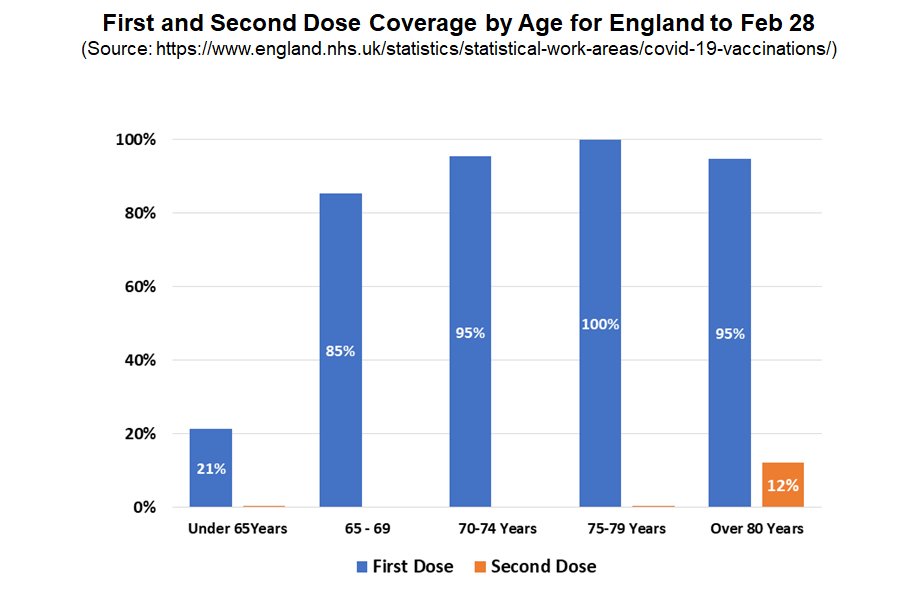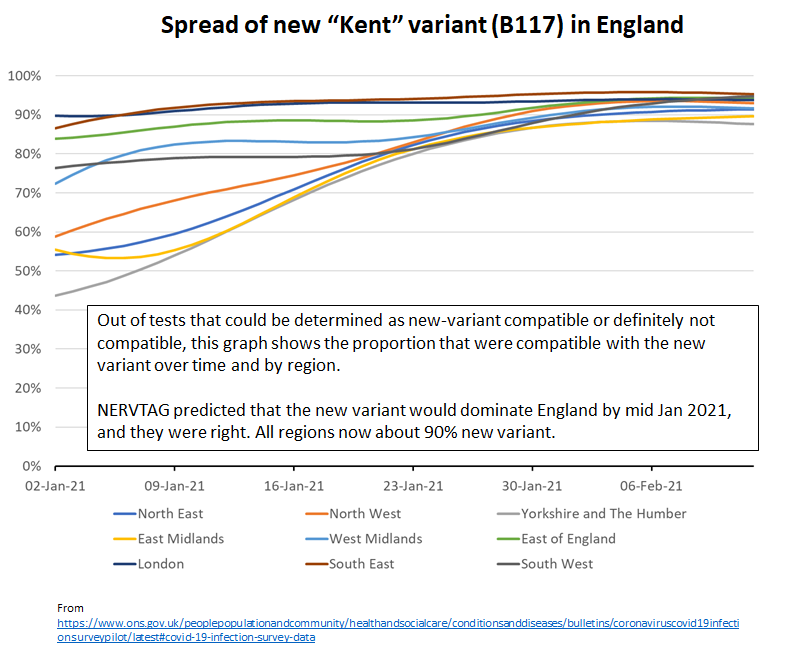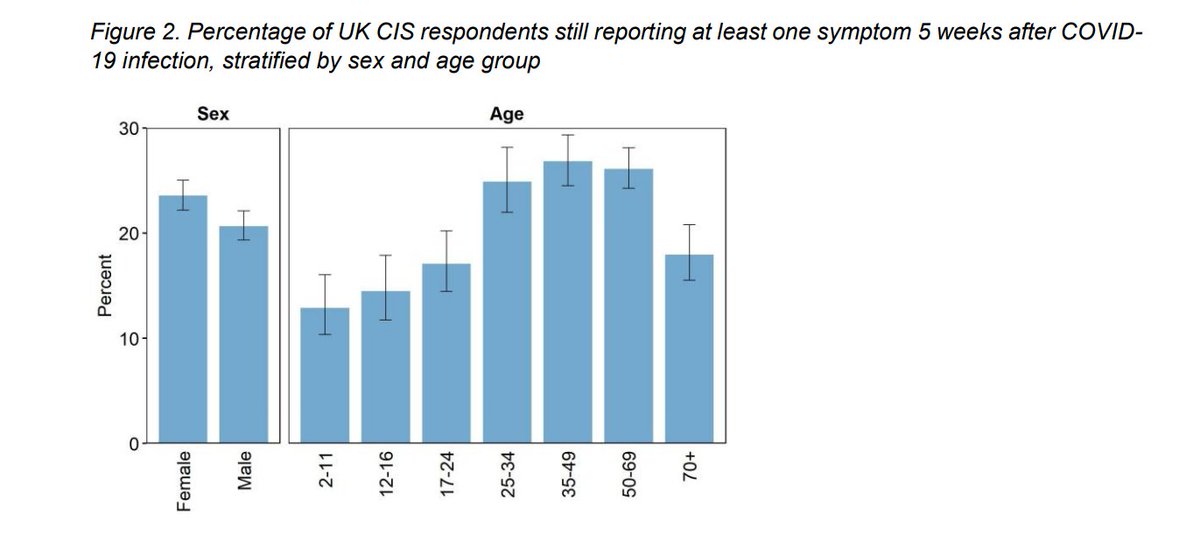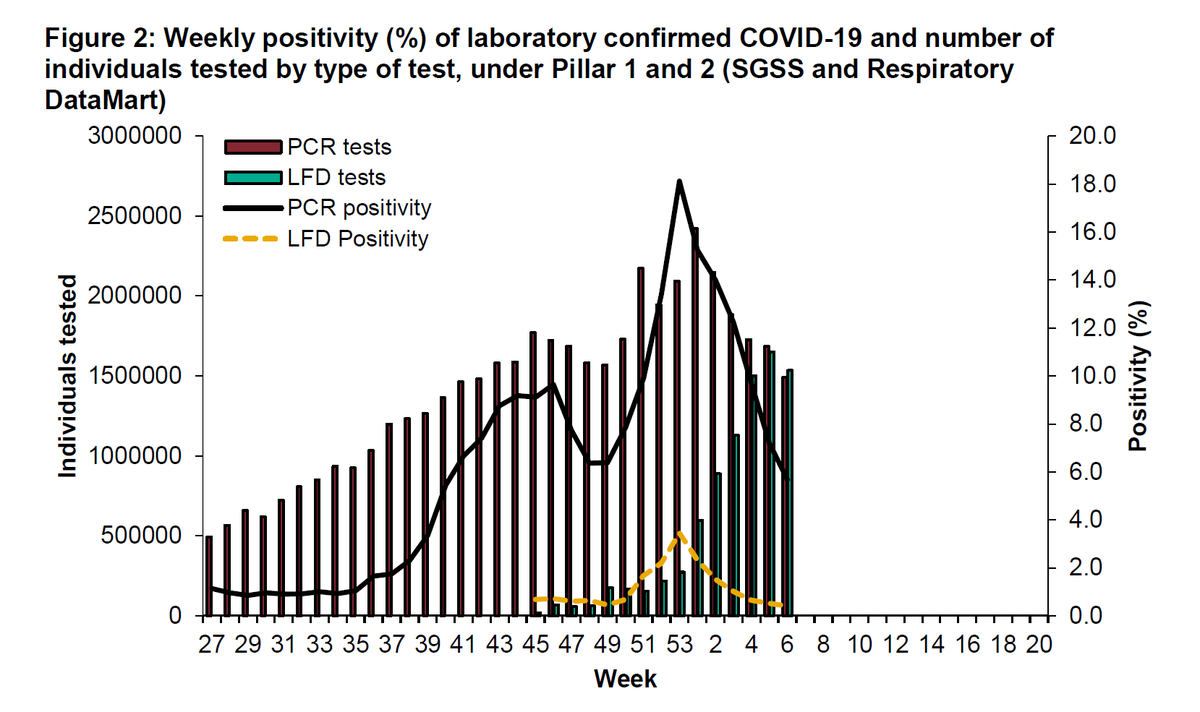
THREAD LONG COVID & KIDS:
@LongCovidKids just published a survey of 510 children with long covid - what symptoms? how severe? how long-lasting?
I'll summarise main findings in this thread.
Shout-out to my postdoc @ferranespuny who analysed the data!
preprints.org/manuscript/202…
@LongCovidKids just published a survey of 510 children with long covid - what symptoms? how severe? how long-lasting?
I'll summarise main findings in this thread.
Shout-out to my postdoc @ferranespuny who analysed the data!
preprints.org/manuscript/202…
They wanted to find out about clusters of symptoms and severity.
Only children who had had symptoms for at least 4 weeks were included.
Parents of 510 children filled out the survey, 69% from the UK, 18% from the US. Almost 60% of children had confirmed Covid, 40% suspected.
Only children who had had symptoms for at least 4 weeks were included.
Parents of 510 children filled out the survey, 69% from the UK, 18% from the US. Almost 60% of children had confirmed Covid, 40% suspected.
Ages were skewed to older children, most common ages was 9-12 yrs old. 12% of kids were asymptomatic, 74% were managed at home. 44% of kids had no pre-existing health problem (80% had no pre existing mental health concern). 

The two spikes in duration (~2 months and ~10 months) likely reflect the timing of the two large waves in the UK & US.
Many children has symptoms lasting 10 months or longer.
Many children has symptoms lasting 10 months or longer.
25% of children experience constant symptoms since infection while 50% had relapsing symptoms.
Most common symptoms were tummy pain, headache, muscle aches and fatigue.
95% of children had at least 4 continuing symptoms!

Most common symptoms were tummy pain, headache, muscle aches and fatigue.
95% of children had at least 4 continuing symptoms!


Over half of parents reported changes in their child's mood and sleep. 83% said their child had less energy.
Only 10% of children had returned to their pre-covid levels of activity, while 21% were unable to enjoy any activity.
Only 10% of children had returned to their pre-covid levels of activity, while 21% were unable to enjoy any activity.
There was no real difference in reported symptoms by whether covid was confirmed or not.
Perhaps more surprisingly, there was no difference in symptoms by whether children has pre-existing conditions or not.
Perhaps more surprisingly, there was no difference in symptoms by whether children has pre-existing conditions or not.

60% of parents said their child had more difficulty concentrating and almost half said their child had difficulty remembering information.
Less than 30% of parents said their child hadn't had any mental health or cognitive issues since their Covid infection.
Less than 30% of parents said their child hadn't had any mental health or cognitive issues since their Covid infection.

Remember - these are all parents who have already identified their child as experience long covid - so these percentages are NOT all children who have had covid.
That said, perhaps 5-10% of children do experience symptoms for more than 4 weeks. (
That said, perhaps 5-10% of children do experience symptoms for more than 4 weeks. (
https://twitter.com/chrischirp/status/1363473889951637504?s=20)
While the large majority of children recover from Covid with no problems, some don't even if their initial illness was mild.
As we kids go back to school & while we wait for vaccines to be approved in kids, we need to acknowledge this as an issue & fund rigorous research.
As we kids go back to school & while we wait for vaccines to be approved in kids, we need to acknowledge this as an issue & fund rigorous research.
This survey provides really important information about the types of symptoms children with long covid experience and highlights how long they can go on for.
This graphic from @dgurdasani1 is fab for how to keep schools safe - getting community cases low is at the heart!
This graphic from @dgurdasani1 is fab for how to keep schools safe - getting community cases low is at the heart!

Read the paper for more detailed methods & results!
The full survey asked can be seen here:
form.jotform.com/21043105152803…
preprint here
preprints.org/manuscript/202…
/END
The full survey asked can be seen here:
form.jotform.com/21043105152803…
preprint here
preprints.org/manuscript/202…
/END
• • •
Missing some Tweet in this thread? You can try to
force a refresh











